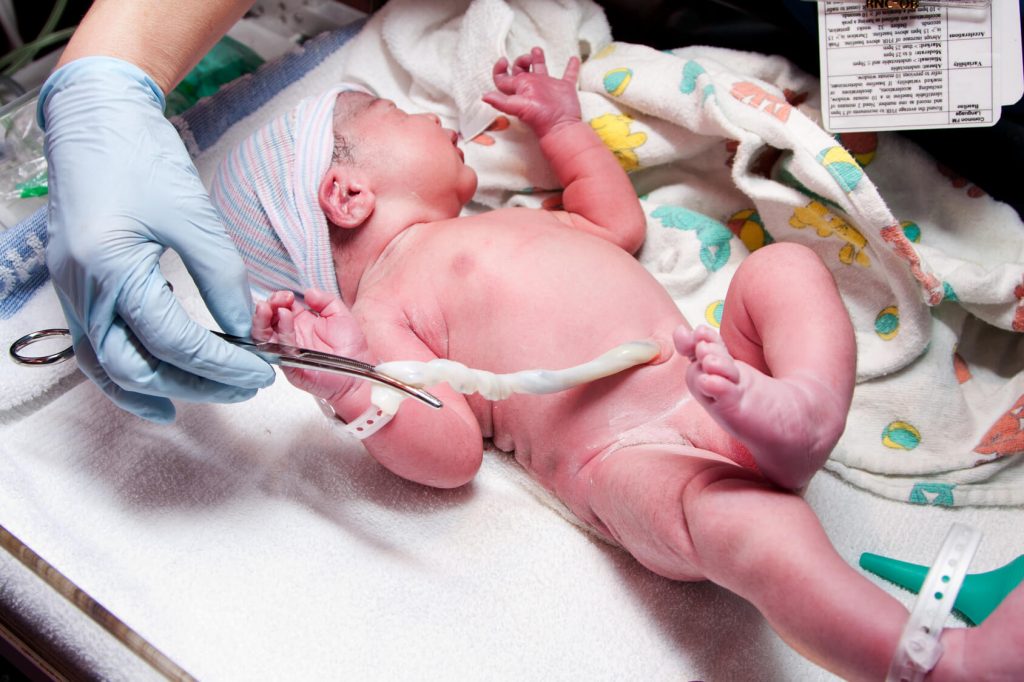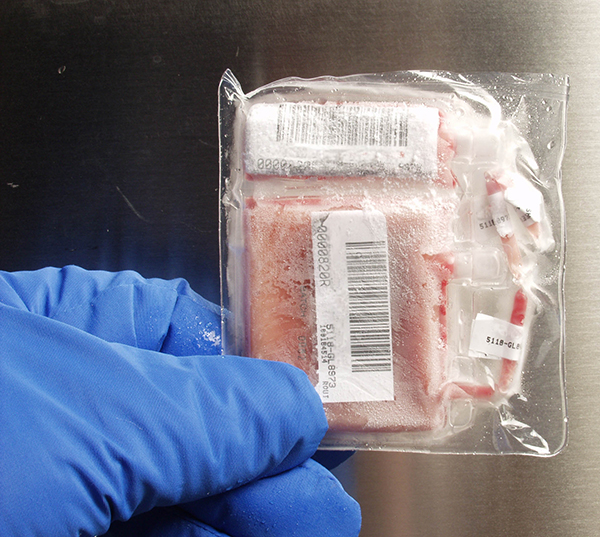All You Need to Know About Cord Blood – If you’re here, you probably have some questions about the hot topic on the medical scene these days, Cord Blood, or, more accurately, umbilical cord blood. Umbilical cord blood is mentioned a lot on parenting websites and pops up in scientific and medical journals all the time, and it seems like it’s always on a news page somewhere. People store their children’s cord blood for a variety of different uses, and the use of stored cord blood has been a lifesaving measure for numerous newborns and children around the world.
There are still some in the scientific and medical communities, however, that question the safety of the use of cord blood, and the efficacy of cord blood that has been stored in a blood bank, too. The use and storage of this special type of blood sample is still a relatively new practice, and with so much ongoing research, several factors are still hotly debated. slot gacor hari ini
Umbilical cord blood is the blood that’s still in the placenta and attached to the umbilical cord after the birth of a child. Cord blood has a high concentration of stem cells, which is also a common topic of medical journals and scientific news articles today. judi online

Because stem cells are used to treat so many different serious illnesses, many people now take samples of umbilical cord blood to store in case their child develops a disease such as certain cancers and disorders of the blood. Stem cells can, in theory, and in some cases practice, be used to treat these illnesses in adults, as well, although the blood sample does not generally contain an amount substantial enough to ensure treatment of an adult. When a cord blood sample is taken, it’s done right after delivery. As is usually done, the cord is clamped and severed for the safety of the newborn child. Delaying this process too long can have disastrous results for the child. https://www.century2.org/
A medical professional present in the delivery room will then use a needle and syringe to extract the blood from the section of umbilical cord that is still attached to the placenta. Banking this blood usually involves testing of the sample before it is preserved by means of a controlled cryogenic process that will, supposedly, keep the sample preserved and safe for future use, if necessary.
Of course, as with anything, something that sounds so good comes with its own measure of risks, costs, and a ‘catch’. Many new parents in today’s society, where many are eager and desperate to prevent any chance of harm to their child and equally desperate to provide every opportunity for their safety and success in life, hear about the benefits of umbilical Cord Blood and fervently desire to get theirs saved and banked.

However, as the saying goes, just because you can do something doesn’t mean that you need to, or even should. Most blood banks, for instance, are private, and the costs associated with them can put a huge financial burden that already strapped parents don’t necessarily need.
The average quote for the initial testing and processing of cord blood can run a couple around $1800, and there are almost always annual fees of anywhere from $50 to $500 for continuing to store cord blood with a bank. Most scientists agree that cord blood, when properly stored, is perfectly usable for up to ten years. Beyond that, the speculation grows as to its efficacy and even safety to use. Another thing to consider is the fact that, chances are, your child may never need their cord blood.
Even if they might, say, develop leukemia or sickle cell anemia, cord blood is certainly not the only treatment option, as many have existed with more research and refined perfection year after year. To put it simply, it’s quite unlikely that, even with disease a factor, saving cord blood will be the difference between life and death. Keeping all of this in mind, it is of course the parents’ discretion and right to store cord blood after their baby is born. Some do it simply for peace of mind, while others do it for fear of genetic likelihood of things like childhood leukemia and other illnesses. Umbilical cord blood certainly can be used to help treat a child, but it’s up to the parents to decide if the costs and risks outweigh the benefits. Scientists are still discovering more and more about the use of umbilical cord blood everyday

